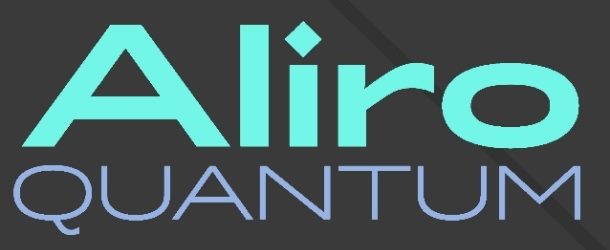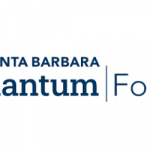Aliro Advancing Efforts to Develop Quantum Entanglement-As-A-Service Fueled by Recent USAF Contracts

(TechRepublic) Aliro Quantum is advancing its efforts to develop quantum entanglement-as-a-service fueled by several recent contracts from the U.S. Air Force valued at up to $100,000. The goal is to enable the distribution of entangled quantum states between nodes.
Aliro’s software control plane and simulation technology provide the foundation for enabling EaaS on today’s quantum networks, the company said. Aliro calls EaaS “the key technology for the un-hackable secure networks of today and the quantum internet of tomorrow.”
Like classical networks, quantum networks require hardware-independent control plane software to manage data exchange between layers, allocate resources and control synchronization, the company said.
“We want to be the Switzerland of quantum networking,” said Jim Ricotta, Aliro CEO.
Networked quantum computers are needed to run quantum applications such as physics-based secure communications and distributed quantum computing.
“A unified control plane is one of several foundational technologies that Aliro is focused on as the first networking company of the quantum era,” Ricotta said. “Receiving Air Force contracts to advance this core technology validates our approach and helps accelerate the time to market for this and other technologies needed to realize the potential of quantum communication.”
Quantum networks work by entangling photons with information that can be encoded and then teleported over the same telecom fiber in the ground used today, Ricotta said. Entanglement enables the teleportation of qubits, which carry quantum information securely.
“To do useful work, you have to create thousands of entangled photon pairs per second because the entangled photons are the equivalent of bandwidth on a classical network,” he said. “If we have thousands, or eventually tens of thousands per second, we can transfer lots of information.”
There will be apps built on the quantum network that we can’t envision yet, Ricotta said, but they are going to consume bandwidth–just like today’s apps do on a classical network. The apps built for a quantum network will consume entanglement, meaning they will consume lots of pairs of entangled photons/qubits, he said.
Another approach to securely transferring encryption keys between two locations is Quantum key distribution. Although the keys are transferred using quantum physics, QKD typically does not use entanglement, according to Ricotta.
“The big problem with QKD is you build a network and you can only do key distribution for classical bits” in a single purpose network, he said. “We believe … if you go to the trouble of building a quantum network, just like today’s internet, [you] will want to build many apps on it and have that flexibility.”
A quantum network based on EaaS is a general-purpose network, whereas the network built for QKD can only be used to distribute those encryption keys, he said.



















